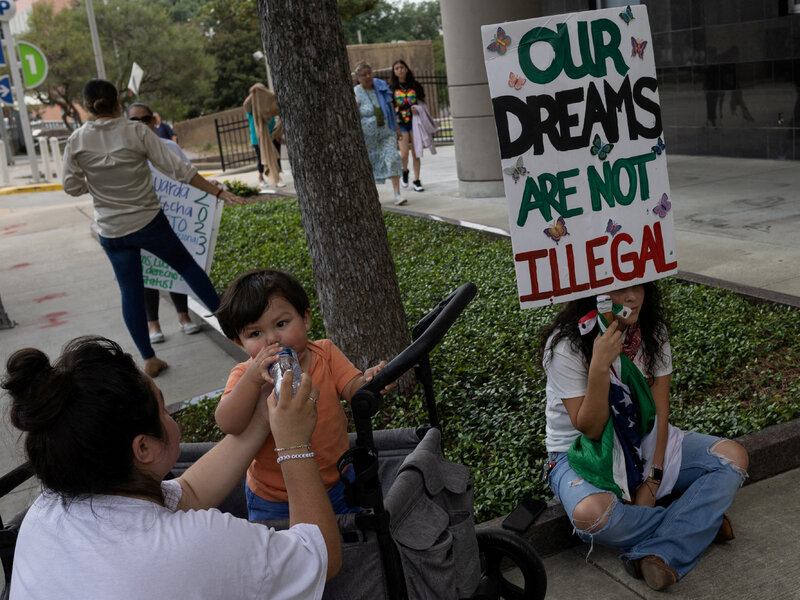
NGOCSTIP – The harsh reality of undocumented immigrants caught in human trafficking rings is one of unimaginable suffering. Often, those involved in human trafficking lure these individuals with promises of a better life, but instead trap them in brutal conditions. They endure physical, emotional, and psychological abuse at the hands of their traffickers. Despite the horrors they face, their plight remains largely hidden from the public eye.
Many undocumented immigrants begin their journey with promises of work, safety, and stability in a foreign land. Desperate for a better life, they pay smugglers large sums of money for a chance to escape poverty. However, the reality awaiting them differs significantly from the promises. Upon arrival, traffickers take these individuals and strip them of their passports and documents. This leaves them vulnerable, unable to return home or seek help. Traffickers often use fear, threats, and physical violence to keep their victims compliant and silent.
“Read about: Pekanbaru Toddler Kidnapping Hoax: Uncovering the Real Facts”
Immigrants trapped in human trafficking networks endure unimaginable abuse. Traffickers force them to work in unsafe and degrading conditions, often in industries like agriculture, construction, and domestic servitude. These workers labor long hours, receive low wages, and possess no rights. They live in overcrowded, unsanitary conditions, with little access to food, clean water, or basic healthcare. Traffickers deny them legal protection and often threaten them with deportation or violence if they try to escape.
Traffickers particularly target women and children, often forcing them into sexual exploitation or selling them into slavery. They systematically dehumanize them, strip them of their dignity, and treat them as mere commodities. This takes an immense emotional and psychological toll. Many victims suffer from post-traumatic stress disorder (PTSD), depression, and anxiety, yet they receive no support or resources to heal.
One of the most challenging aspects of human trafficking is how hidden it remains from public awareness. Many victims stay invisible, too afraid to speak out or seek help. The fear of being caught by authorities or facing retaliation from their traffickers keeps them in a constant state of fear and isolation. For undocumented immigrants, the risk of deportation adds an additional layer of danger. They often avoid approaching law enforcement, fearing they will be treated as criminals or deported without regard for their safety.
Moreover, the trafficking networks remain highly organized and operate in secrecy. Traffickers use sophisticated methods to control and manipulate their victims. They hide their movements and activities from the outside world, making it difficult for authorities or organizations to intervene. As a result, many victims stay trapped in a cycle of abuse for months or even years before they manage to escape or get rescued.
“Read more: Simple Tricks to Build Wrist Strength and Flexibility”
There are ongoing efforts to combat human trafficking and support its victims. Non-governmental organizations (NGOs), law enforcement, and advocacy groups work together to raise awareness, provide resources, and support survivors. International treaties and agreements, such as the United Nations’ Protocol to Prevent, Suppress and Punish Trafficking in Persons, are in place to strengthen global cooperation in the fight against trafficking.
However, despite these efforts, the problem remains widespread. The demand for cheap labor and sexual exploitation continues to fuel the trafficking industry. Undocumented immigrants face particular vulnerability because of their fear of being reported to immigration authorities. While some victims escape and rebuild their lives, many remain trapped in the cycle of abuse.
Awareness of the issue of human trafficking, particularly regarding undocumented immigrants, is crucial. The harsh reality of undocumented immigrants caught in trafficking networks underscores the importance of recognizing the signs of exploitation. It is essential for governments, law enforcement, and society as a whole to take steps to prevent it. This includes providing support for victims, creating legal pathways for immigration, and working with international organizations to combat the networks that perpetuate this crime.
In addition, public awareness campaigns can play a critical role in educating communities about the realities of human trafficking. Empowering people to recognize the signs and report suspicious activities can help save lives and prevent more individuals from falling victim to traffickers.